Animal Cell Parts And Their Functions Biography
Source:- Google.com.pk
Structure and Function of Animals
In order to survive, animals must be able to coordinate the functions of their many specialized cells, take in and digest food, pull oxygen from the air, circulate nutrients and oxygen to their cells, eliminate wastes, move, maintain body temperature, and reproduce. Animals have also developed various behaviors that help them to survive.
Control Systems
Humans and other highly evolved animals have developed two main systems for coordinating and synchronizing the functions of their millions of individual cells. The nervous system works rapidly by transmitting electrochemical impulses. The endocrine system is a slower system of control; it works by releasing chemical signals into the circulation. In addition to coordinating essential bodily functions, these two control systems allow the animal to react to both its external and internal environments.
The Nervous System
The nervous system functions by the almost instantaneous transmission of electrochemical signals. The means of transmission are highly specialized cells known as neurons, which are the functional unit of the nervous system.
The neuron is an elongated cell that usually consists of three main parts: the dendrites, the cell body, and the axon. The typical neuron contains many dendrites, which have the appearance of thin branches extending from the cell body. The cell body of the neuron contains the nucleus and organelles of the cell. The axon, which can sometimes be thousands of times longer than the rest of the neuron, is a single, long projection extending from the cell body. The axon usually ends in several small branches known as the axon terminals. Neurons are often connected in chains and networks, yet they never actually come in contact with one another. The axon terminals of one neuron is separated from the dendrites of an adjacent neuron by a small gap known as a synapse.
The electrical impulse moving through a neuron begins in the dendrites. From there, it passes through the cell body and then travels along the axon. The impulse always follows the same path from dendrite to cell body to axon. When the electrical impulse reaches the synapse at the end of the axon, it causes the release of specialized chemicals known as neurotransmitters. These neurotransmitters carry the signal across the synapse to the dendrites of the next neuron, starting the process again in the next cell.
THE RESTING POTENTIAL
To understand the nature of the electrical impulse that travels along the neuron, it is necessary to look at the changes that occur in a neuron between when it is at rest and when it is carrying an impulse. When there is no impulse traveling through a neuron, the cell is at its resting potential and the inside of the cell contains a negative charge in relation to the outside.
Maintaining a negative charge inside the cell is an active process that requires energy. The cell membrane of the neuron contains a protein called Na+/K+ ATPase that uses the energy provided by one molecule of ATP to pump three positively charged sodium atoms (Na+) out of the cell, while simultaneously taking into the cell two positively charged potassium ions (K+). The sodium-potassium pump builds up a high concentration of sodium ions outside the cell and an excess of potassium ions inside the cell. These ions naturally want to diffuse across the membrane to regularize the distribution. However, one of the special properties of phospholipid cell membranes is that they bar passage to ions unless there is a special protein channel that allows a particular ion in or out. No such channel exists for the sodium that is built up outside the cell, though there are potassium leak channels that allow some of the potassium ions to flow out of the cell. The difference in ion concentrations creates a net potential difference across the cell membrane of approximately –70 mV (millivolts), which is the value of the resting potential.
THE ACTION POTENTIAL
While most cells have some sort of resting potential from the movement of ions across their membranes, neurons are among only a few types of cells that can also form an action potential. The action potential is the electrochemical impulse that can travel along the neuron. In addition to the Na+/K+ ATPase and potassium leak channel proteins, the neuron membrane contains voltage-gated proteins. These proteins respond to changes in the membrane potential by opening to allow certain ions to cross that would not normally be able to do so. The neuron contains both voltage-gated sodium channels and voltage-gated potassium channels, which open under different circumstances.
The action potential begins when chemical signals from another neuron manage to depolarize, or make less negative, the potential of the cell membrane in one localized area of the neuron cell membrane, usually in the dendrites. If the neuron is stimulated enough so that the cell membrane potential in that area manages to reach as high as –50 mV (from the resting potential of –70 mV), the voltage-gated sodium channels in that region of the membrane open up. The voltage at which the voltage-gated channels open is called the threshold potential, so the threshold potential in this case is –50 mV. Since there is a large concentration of positive sodium ions just outside the cell membrane that have been pumped out by Na+/K+ ATPase, when the voltage-gated channels open, these sodium ions follow the concentration gradient and rush into the cell. With the flood of positive ions, the cell continues to depolarize. Eventually the membrane potential gets as high as +35 mV, at which point the voltage-gated sodium channels close again and voltage-gated potassium channels reach their threshold and open up. The positive potassium ions concentrated in the cell now rush out of the neuron, repolarizing the cell membrane to its negative resting potential. The membrane potential continues to drop, even beyond –70 mV, until the voltage-gated potassium channels close once again at around –90 mV. With the voltage-gated proteins closed, the Na+/K+ ATPase and the potassium leak channels work to restore the membrane potential to its original polarized state of –70 mV. The whole process takes approximately one millisecond to occur.
The action potential does not occur in one localized area of the neuron and then stop: it travels down the length of the neuron. When one portion of the neuron’s cell membrane undergoes an action potential, the entering sodium atoms not only diffuse into and out of the neuron, they also diffuse along the neuron’s length. These sodium ions depolarize the surrounding areas of the neuron’s cell membrane to the threshold potential, at which point the voltage-gated sodium channels in those regions open, creating an action potential. This cycle continues to occur along the entire length of the neuron in a chain reaction.
During the time it takes the neuron to repolarize back from +35 mV to –70 mV, the voltage-gated sodium channels will not reopen. This lag prevents the action potential from moving backward to regions of the cell membrane that have already experienced an action potential.
SPEEDING UP THE ACTION POTENTIAL
Axons of many neurons are surrounded by a structure known as the myelin sheath, a structure that helps to speed up the movement of action potentials along the axon. The sheath is built of Schwann cells, which wrap themselves around the axon of the neuron, leaving small gaps in between known as the nodes of Ranvier
Animal Cell Parts And Their Functions Animal Cell Model Diagram Project Parts Structure Labeled Coloring and Plant Cell Organelles Cake


Animal Cell Parts And Their Functions Animal Cell Model Diagram Project Parts Structure Labeled Coloring and Plant Cell Organelles Cake
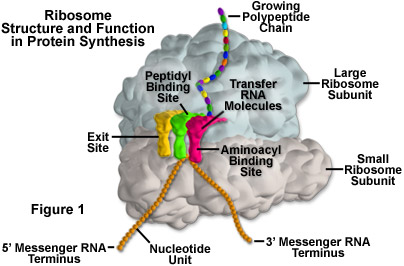

Animal Cell Parts And Their Functions Animal Cell Model Diagram Project Parts Structure Labeled Coloring and Plant Cell Organelles Cake


Animal Cell Parts And Their Functions Animal Cell Model Diagram Project Parts Structure Labeled Coloring and Plant Cell Organelles Cake
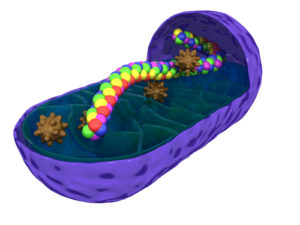

Animal Cell Parts And Their Functions Animal Cell Model Diagram Project Parts Structure Labeled Coloring and Plant Cell Organelles Cake
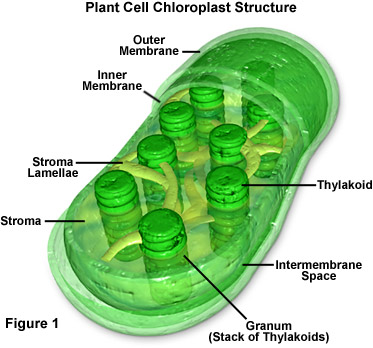

Animal Cell Parts And Their Functions Animal Cell Model Diagram Project Parts Structure Labeled Coloring and Plant Cell Organelles Cake


Animal Cell Parts And Their Functions Animal Cell Model Diagram Project Parts Structure Labeled Coloring and Plant Cell Organelles Cake
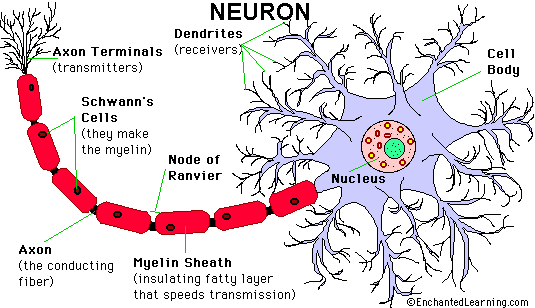
Animal Cell Parts And Their Functions Animal Cell Model Diagram Project Parts Structure Labeled Coloring and Plant Cell Organelles Cake


Animal Cell Parts And Their Functions Animal Cell Model Diagram Project Parts Structure Labeled Coloring and Plant Cell Organelles Cake


Animal Cell Parts And Their Functions Animal Cell Model Diagram Project Parts Structure Labeled Coloring and Plant Cell Organelles Cake
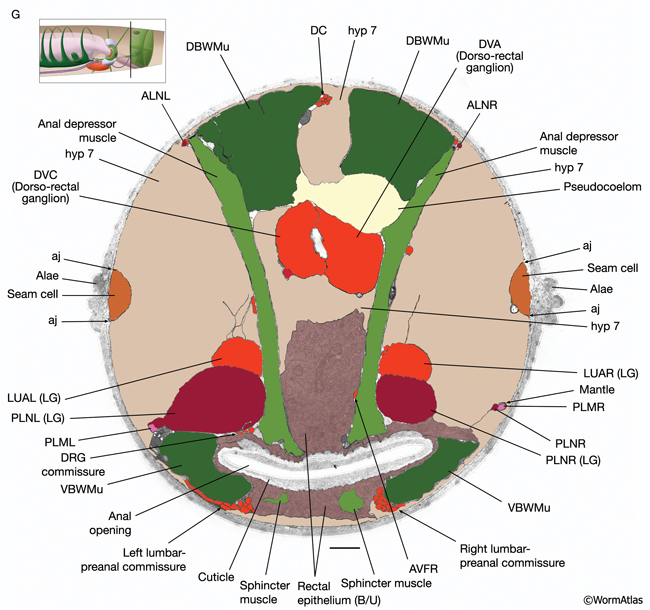

Animal Cell Parts And Their Functions Animal Cell Model Diagram Project Parts Structure Labeled Coloring and Plant Cell Organelles Cake
No comments:
Post a Comment